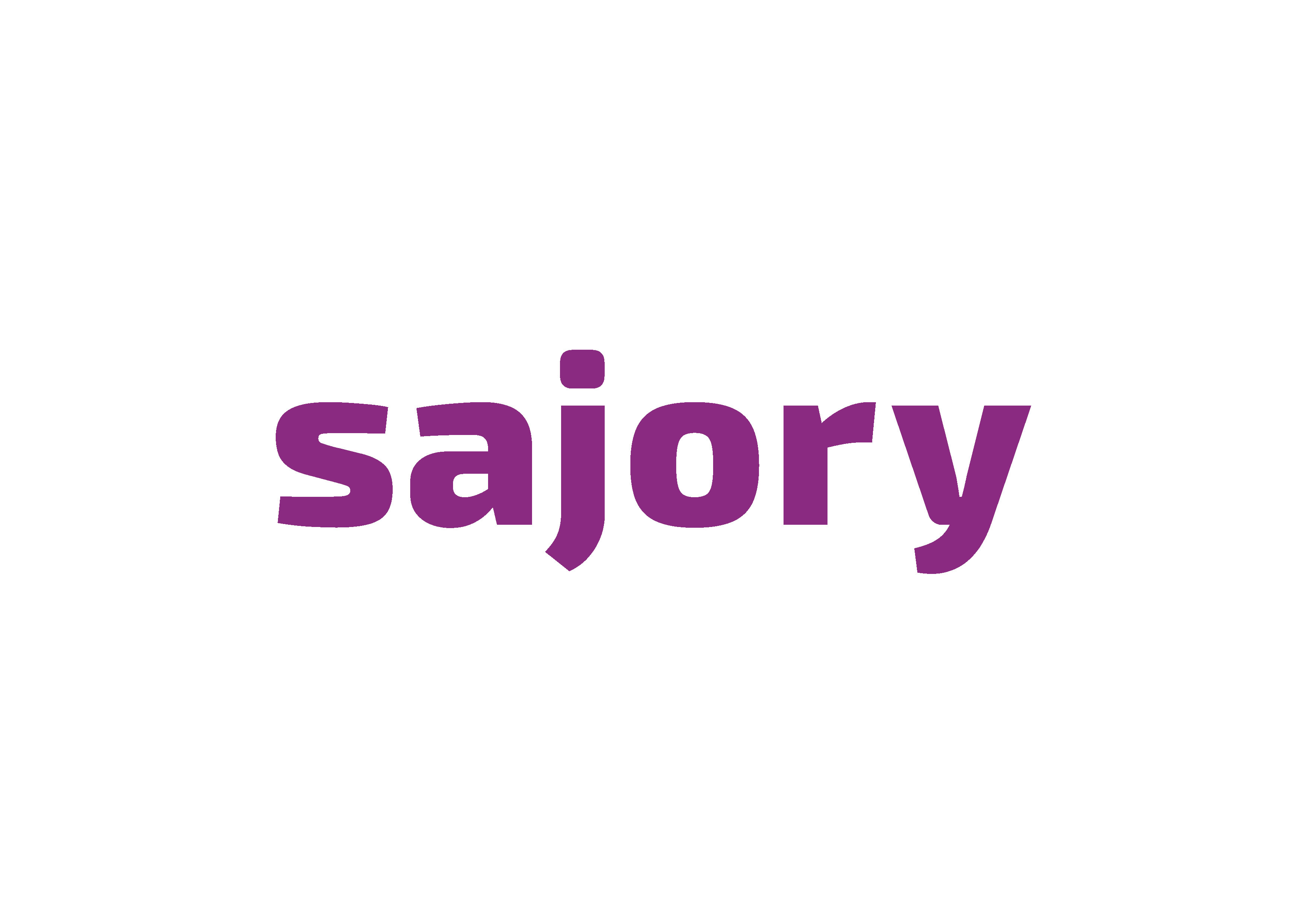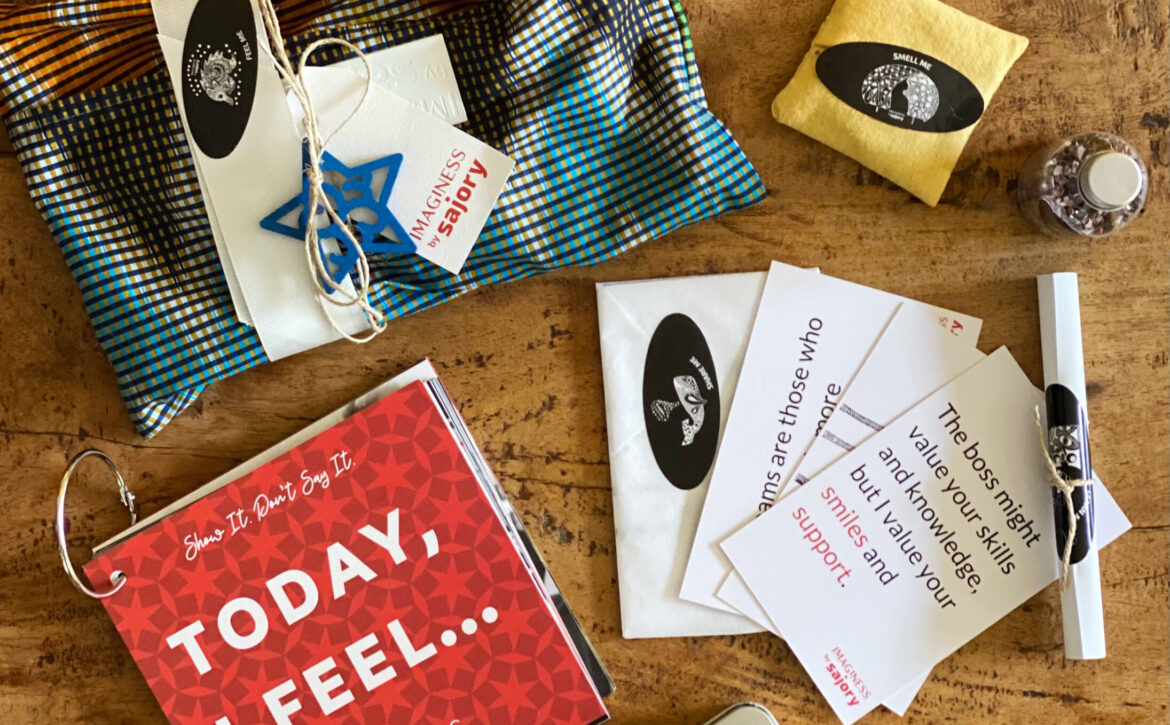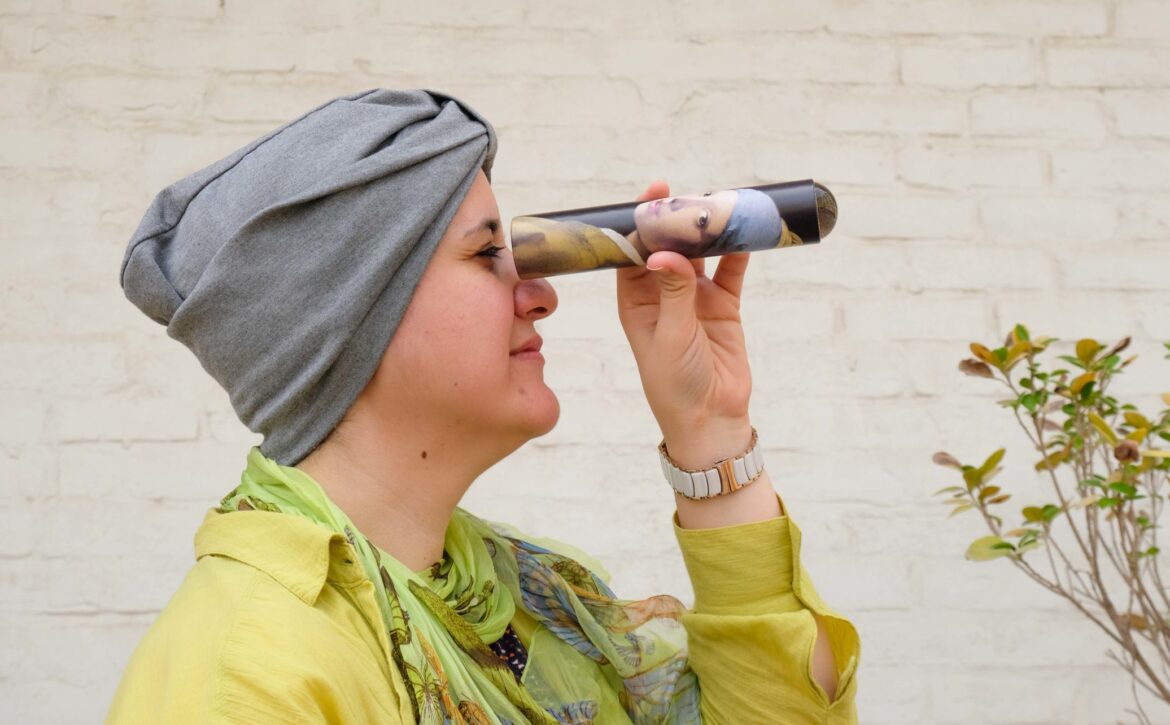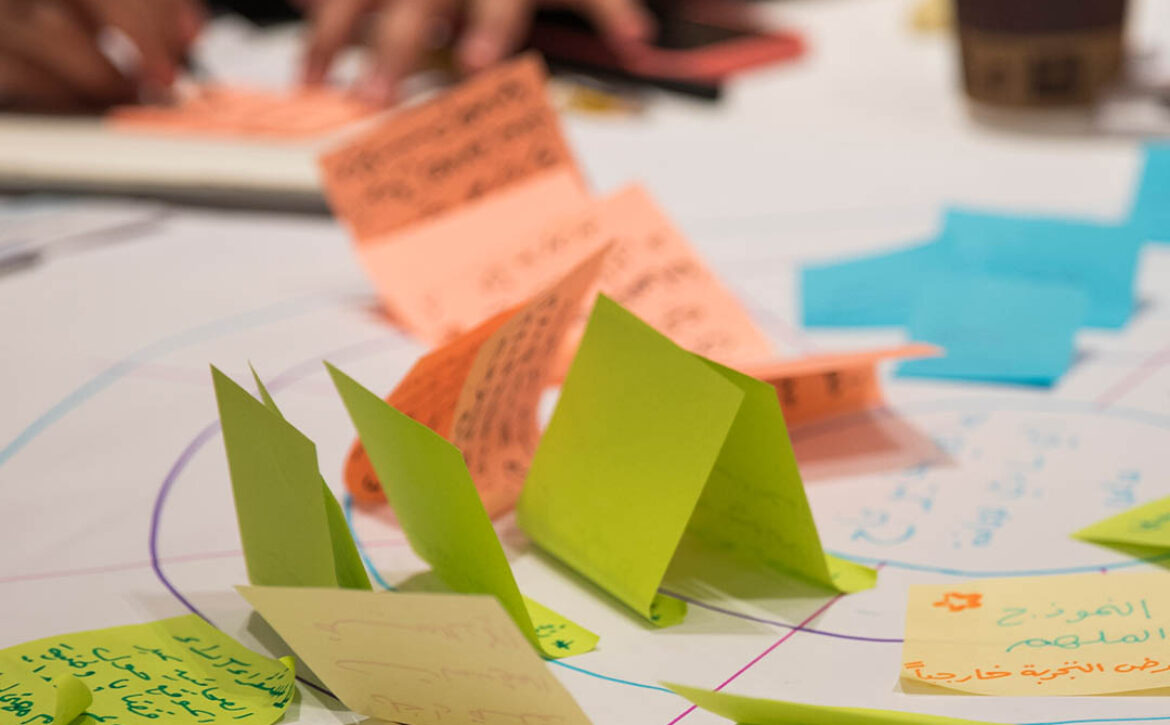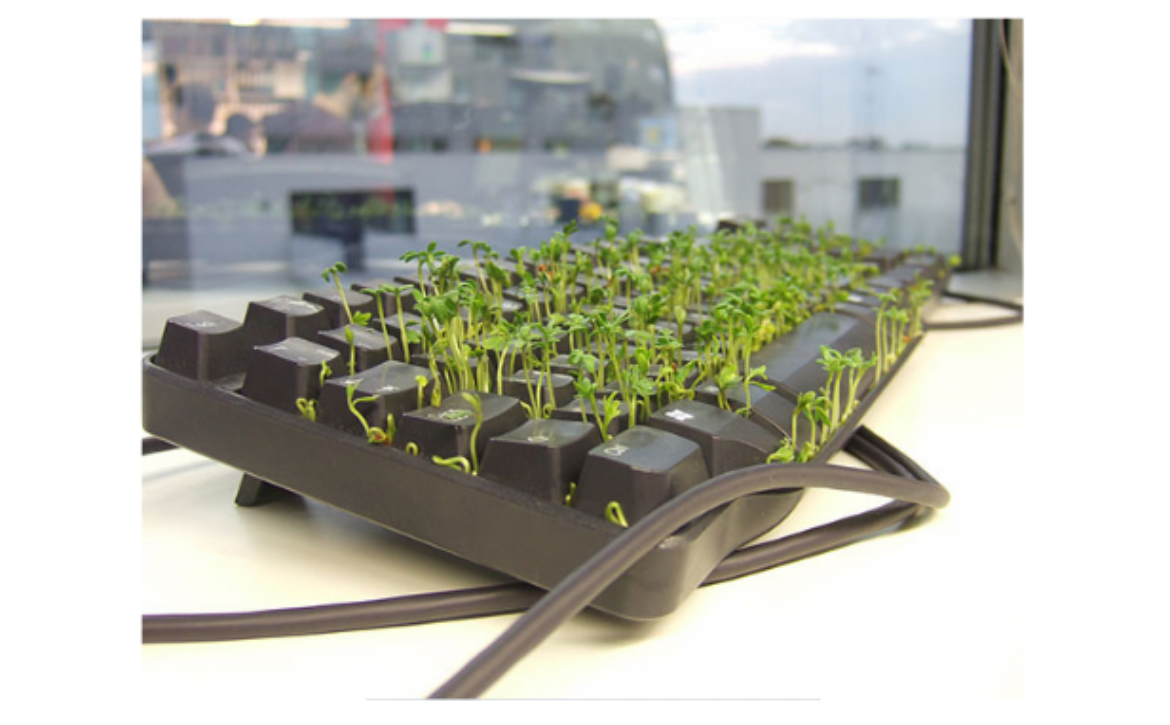What if it works?
The fear that most employees share is the risk to their pride, status, and what others think of them if they fail at a task.
This fear has stopped so many great ideas from being shared. “What if they thought it was a stupid idea?”, “ What if it doesn’t work?”, or “who am I to suggest such thing when experts in here didn’t think of this?”
If these thoughts cross your mind, remember that innovation lives at the intersection of fields, where non-experts tend to play the most.
Try asking instead: “What if it works?”,
“So what if others don’t agree?”, “How is that really affecting me?”, “What if I never get this chance again?”
Being afraid is not the problem. It’s a protection mechanism and one should pay attention to this sensation. It helps you stay alert.
Being stopped by this fear is the problem. It holds you back and questions your intuition. It will take a lot of courage for you to get out of your comfort zone and test a risky idea.
But it is worth it.
You are worth it.
Share one ridiculous idea in a conversation today. See what happens.
Courageously yours,
Randah Taher

